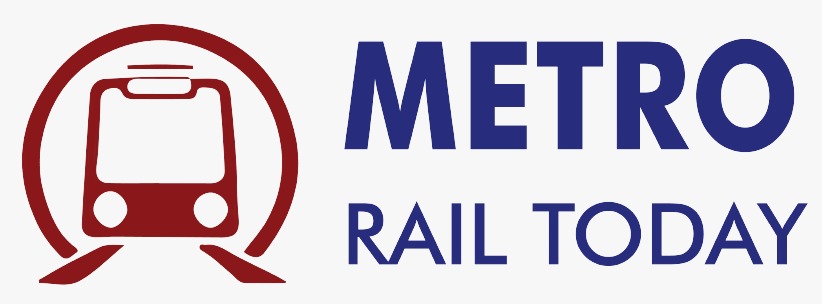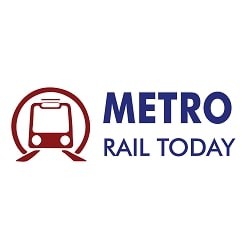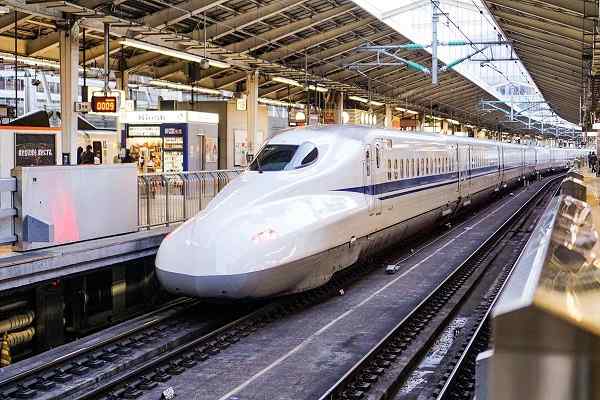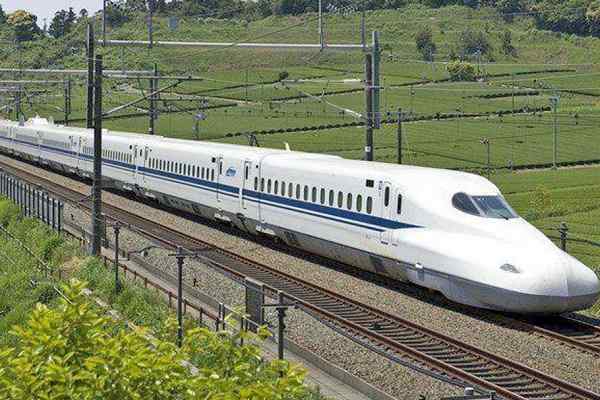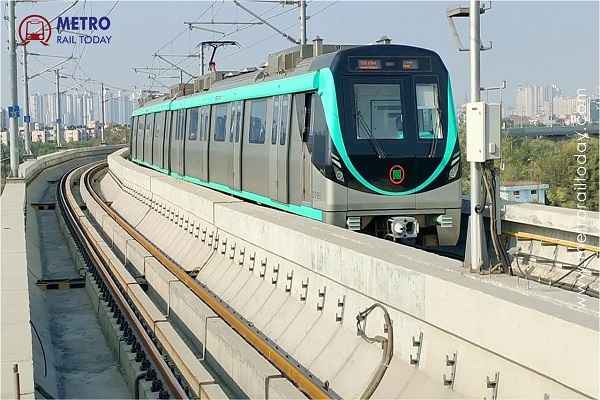 Ayesa India wins Design Consultancy Contract for Noida Metro Aqua Line Extension
Ayesa India wins Design Consultancy Contract for Noida Metro Aqua Line Extension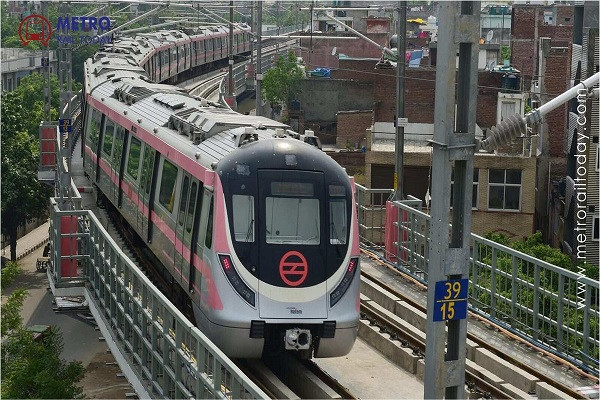 Vossloh Cogifer bags Track Infrastructure Contract for Delhi Metro Phase 4 Corridors
Vossloh Cogifer bags Track Infrastructure Contract for Delhi Metro Phase 4 Corridors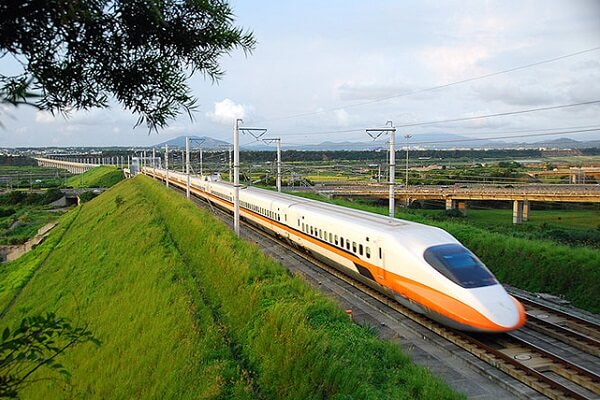 Railway finalised revised alignment for ₹16,000-crore Pune–Nashik Semi High-Speed Rail Corridor
Railway finalised revised alignment for ₹16,000-crore Pune–Nashik Semi High-Speed Rail Corridor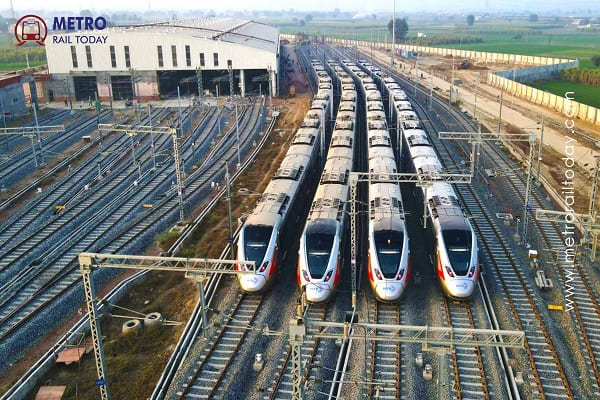 India’s First High-Speed, Signalling-Integrated CMV launched for Namo Bharat RRTS Corridor
India’s First High-Speed, Signalling-Integrated CMV launched for Namo Bharat RRTS Corridor TuTr Hyperloop secures First-Ever Order from Deendayal Port Authority
TuTr Hyperloop secures First-Ever Order from Deendayal Port Authority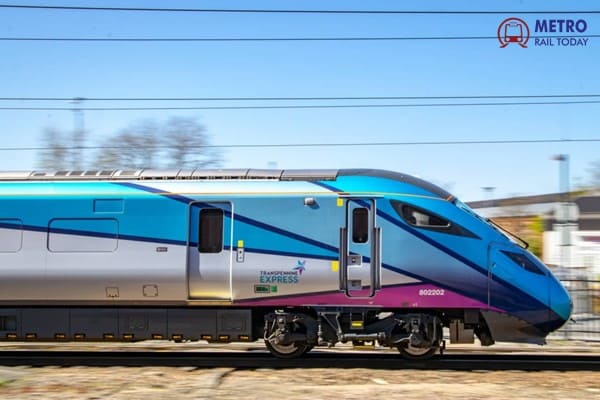 BEML bags ₹157 Crore Order from Loram Rail for Switch Rail Grinding Machines
BEML bags ₹157 Crore Order from Loram Rail for Switch Rail Grinding Machines MxV Rail and KRRI forge Global Research Alliance to accelerate Next-Generation Rail Technologies
MxV Rail and KRRI forge Global Research Alliance to accelerate Next-Generation Rail Technologies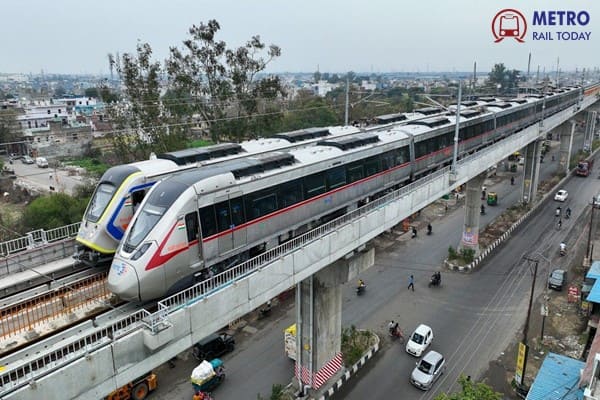 Uttarakhand seeks Pre-Feasibility Study for Meerut-Haridwar-Rishikesh RRTS Corridor
Uttarakhand seeks Pre-Feasibility Study for Meerut-Haridwar-Rishikesh RRTS Corridor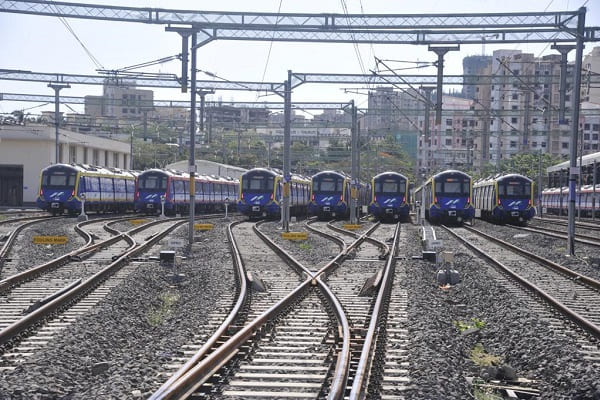 RIFTEK achieves major milestones in partnership with Indian Metro Rail Systems
RIFTEK achieves major milestones in partnership with Indian Metro Rail Systems Egypt all set to launch Alexandria Metro Phase 1 by 2026
Egypt all set to launch Alexandria Metro Phase 1 by 2026
Thailand accelerates Railway Modernization with ‘Quick Win’ Projects and Strategic Expansion Plan
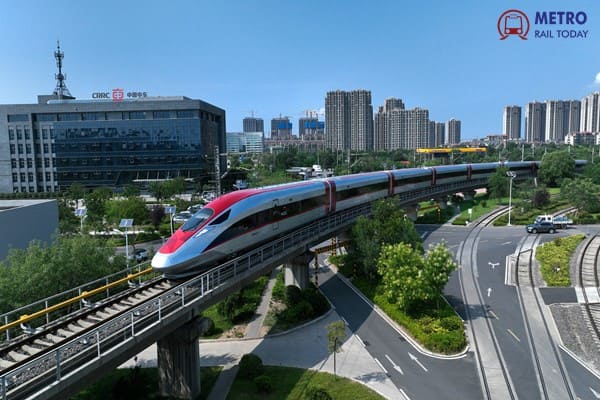
Bangkok, Thailand (Metro Rail Today): In a decisive move to transform its national transport landscape, the State Railway of Thailand (SRT) has announced a bold roadmap to accelerate rail infrastructure development, focusing on operational readiness, regional integration, and long-term economic resilience. The announcement follows a strategic policy briefing held on October 1, 2025, by Deputy Prime Minister and Minister of Transport, Phiphat Ratchakitprakarn, signaling a renewed push to position rail as the backbone of Thailand’s logistics and connectivity strategy.
The SRT’s immediate plan features three "Quick Win" initiatives that aim to convert years of planning into tangible public benefits and fast-track high-impact rail segments already under construction.
“Our goal is to move swiftly from policy to operations. These projects will unlock national connectivity, stimulate local economies, and reduce dependency on road-based freight,” said a senior SRT official.
Quick Win #1: Immediate Opening of Double-Track Rail Sections
Two strategic double-track segments — Lopburi to Pak Nam Pho and Map Kabao to Chira Junction — are now prioritized for rapid commissioning. These routes will dramatically boost passenger and freight capacity, reducing travel times and enhancing efficiency for logistics operators.
Crucially, this acceleration also brings the long-awaited Thai–China High-Speed Rail (HSR) closer to launch, with construction on Phase 1 (Bangkok to Nakhon Ratchasima) already in advanced stages.
Quick Win #2: Fast-Track Red Line Extensions in Bangkok
The SRT is also expediting the tendering process for the expansion of the Red Line commuter rail system, which serves the Greater Bangkok region. Once extended, the Red Line will offer seamless transit across Bang Sue, Rangsit, Taling Chan, and Thammasat, helping alleviate urban congestion and improve quality of life for millions of daily commuters.
Quick Win #3: Unlocking the Southern Double-Track Corridor
Looking ahead, the next development phase includes the Southern Double-Track Line from Chumphon to Songkhla, connecting key economic hubs such as Surat Thani and Hat Yai. This route will make rail freight competitive with road transport in the South, particularly important for export industries and intermodal logistics.
“Southern Thailand is a critical logistics and tourism corridor,” said Mrs. Mamta Shah, MD & CEO of Urban Infra Group. “Improving rail access to destinations like Surat Thani, Phuket, and Hat Yai will not only stimulate trade but also support eco-friendly tourism.”
Long-Term Vision: From Regional Hubs to Global Gateways
Beyond the Quick Wins, Thailand’s rail strategy is anchored in regional integration and cross-border trade. Key long-term priorities include:
-
Extending rail access to Chiang Rai (North) and Nong Khai (Northeast) to strengthen links with China and Laos.
-
Developing a new Surat Thani–Phuket rail corridor, enabling faster and safer travel to tourist destinations including Koh Samui and Phuket.
Principles for Execution
The Transport Ministry outlined key operational mandates to guide all infrastructure agencies:
-
Revenue-centric models to ensure financial sustainability for SRT
-
Minimization of public debt associated with rail construction
-
Integration of clean energy solutions for a decarbonized railway system
-
Transparency and safety-first protocols across all operations
This roadmap marks a turning point for Thailand’s railway sector, shifting from planning delays to execution excellence, and ensuring that infrastructure becomes a true enabler of economic and environmental progress.
As Thailand fast-tracks its rail ambitions with a blend of strategic foresight, sustainable practices, and regionally significant projects, the SRT’s “Quick Win” initiatives serve as both a symbol and a starting point for the country’s next-generation transport transformation.
